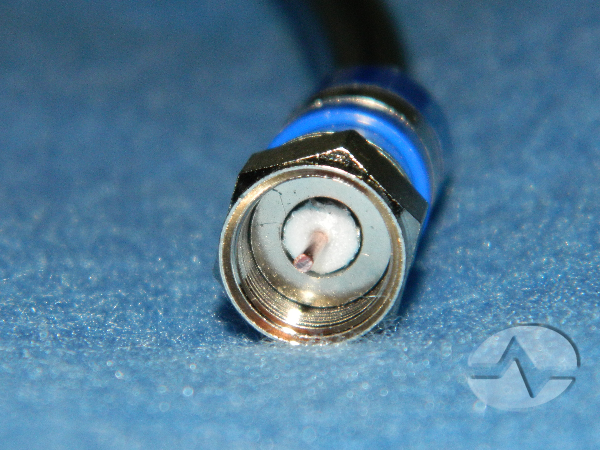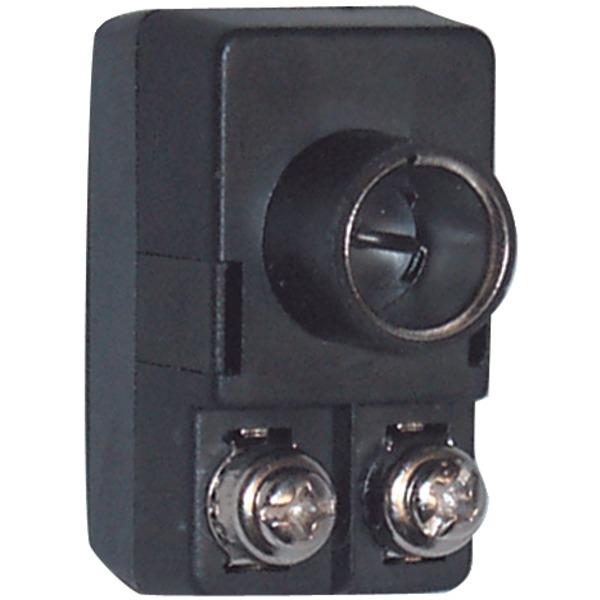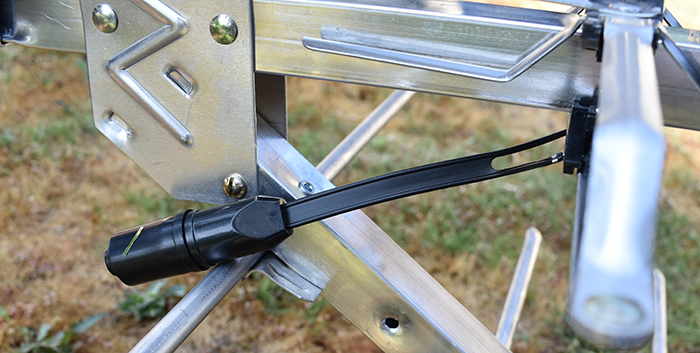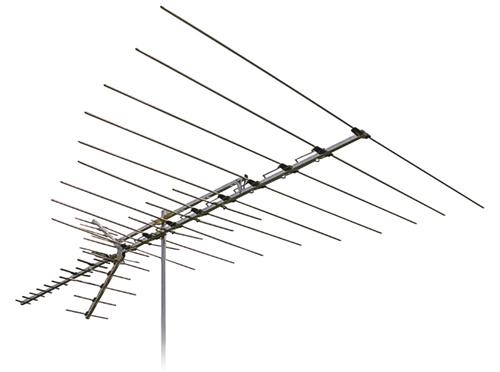Here’s a story from my own past. About 20 years ago I helped a friend move into a house with a beat up old antenna on the roof. Even then, I liked the idea of free TV. Local broadcasters were just starting to HD, but cable and satellite companies weren’t carrying HD channels yet. So, I convinced my friend to buy a new antenna and let’s see what would come of it, I figured.
The problem: he’s cheap
After buying an antenna at a home store (I think this was actually before Solid Signal even sold them) he proceeded to put it up on the roof. But, because he was cheap, he figured he could use the cable that was already running through the attic. But, the cable looked like what you see below. Here’s a close up:

This flat antenna wire was very common in TV installs before about the 1970s. It’s cheap to manufacture and in many cases works just as well as today’s coaxial cable. But in the late 1970s, antennas started to move toward RG59 and RG6 coaxial cable. This now-familiar cable looks like this:

It does a better job shielding against interference and the center conductor is more robust. It can also carry power. But when it comes to antennas, those are good things to have but not mandatory.
Since my friend was cheap, and because I gave him the advice I just gave you, he wanted to stay with the flat cable. But every antenna made then (and now) is designed to use the coaxial cable. So what can you do?
The solution: something my cheap friend liked

Parts like this AXIS matching transformer made it easy for him to use the flat cable he had. He was able to push the connector onto the 75-ohm output from the antenna and connect the flat wire to the screw terminals. Another one of these on the other end let him connect to practically any television. And, he was happy. I think he still uses the setup today.
Digging deeper
Pretty much every antenna today uses a balun to give customers that familiar 75-ohm F connector. The flat cable could be connected straight to the antenna, but you need a balun to provide the proper signal through coaxial cable. Most newer antennas hide this balun, but you can still see it in some classic designs.

This is a closeup of our HD8200XL antenna. The black piece is the balun, and you can see a little bit of flat wire connecting it to the antenna. If you can get to that part of the antenna, you can connect the flat wire without the need for a balun. You’ll still need one at the TV, but that’s something.
Adding two matching transformers will cut your signal level by around 3dB. That’s not much, but if you’re trying to wring the most out of your antenna, every little bit helps. If you can eliminate one matching transformer and the balun connected to the antenna, you’ll offset the loss associated with the remaining matching transformer, and you’ll be set.
After all…
That’s what being a hobbyist is all about, right? It’s all about doing things the way you want to do them. When it comes to that, there’s no better place than Solid Signal to get the parts and accessories you need. Shop for tens of thousands of parts, or rely on our white-glove service for the support you need! Call us during East Coast business hours at 888-233-7563. If it’s after hours, fill out the form below and we’ll get back to you, usually within one business day.





